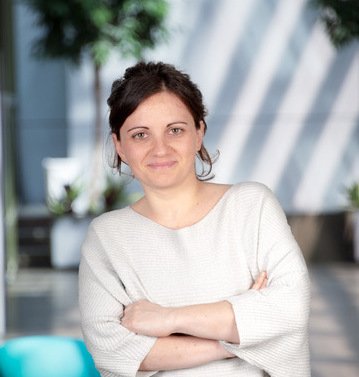Brain organoids uncover mechanisms of virus-induced microcephaly

A study involving researchers at Karolinska Institutet and IMBA – Institute of Molecular Biotechnology of the Austrian Academy of Sciences – demonstrates how zika and herpes viruses can lead to brain malformations during early pregnancy. The researchers used 3D models of human brains to study which mechanisms are involved in virus-induced microcephaly, a condition where babies are born with smaller-than-usual heads. The results are published in the journal Cell Stem Cell.

“Both Zika and herpes viruses can impair brain development during early pregnancy and in this study, we discovered that they do it in unique ways,” says Ali Mirazimi, adjunct professor at the Department of Laboratory Medicine, Karolinska Institutet, and one of the study’s authors. “We also found that these viruses, and the cells they influence, react differently to treatment, which underscores the importance of further studying these mechanisms in 3D organoids and their response to different therapeutics.”
Microcephaly is a term referring to developmental malformation of the fetal brain. The condition can be hereditary or caused by viral infections during pregnancy. Viruses that have been linked to microcephaly include the Zika virus and various types of herpes viruses.
Exactly how these viruses lead to microcephaly, hence which mechanisms are involved, has so far been poorly understood, partly due to the absence of suitable experimental models.
3D models of human brains
In this study, the researchers analyzed how 3D models of human brains grown in laboratories, so-called organoids, respond to infections by the Zika virus and Herpes Simplex Virus 1 (HSV-1). Both viruses spread in the organoids and halted their growth, akin to what happens in the case of microcephaly, by promoting cell death.

“These infection models give us the closest possible insight into the human brain developmental outcomes of the viruses we study, and help us dissect the underlying structural, cellular, transcriptional and immunological parameters,” says first author Veronica Krenn, a postdoctoral researcher at IMBA.
The researchers also discovered that organoids infected with the different viruses expressed genes differently. While HSV-1 impaired the normal development of the organoids’ neuroepithelial cells, which are the stem cells of the central nervous system, the Zika virus triggered antiviral defenses.
Different responses to treatment
The researchers also experimented with treating infected organoids with two kinds of interferons (IFNs), a group of signaling proteins released by host cells in response to viruses that are also used in various medical treatments. They found that treatment with IFN???? to a larger extent prevented Zika virus-induced damage than treatment with IFN????2, but that the relationship was reversed for HSV-1-induced changes.

"By specifically infecting organoids with viruses, we can not only learn a great deal about the critical brain development interactions that are typically complex in humans. We will also be able to better target weak points of these viruses to find possibilities for new therapies," concludes IMBA Scientific Director Jürgen Knoblich, the corresponding author of the study.
The researchers have received financial support from among others the European Union’s 2020 Horizon Research and Innovation program.
This text is partly based on a press release from IMBA.
Publication
”Organoid modeling reveals virus-specific responses leading to microcephaly,” Veronica Krenn, Camilla Bosone, Thomas Burkard, Julia Spanier, Ulrich Kalinke, Arianna Calistri, Cristiano Salata, Raissa Rilo, Patricia Garcez, Ali Mirazimi, Jürgen Knoblich, Cell Stem Cell, online April 9, 2021, doi: 10.1016/j.stem.2021.03.004
